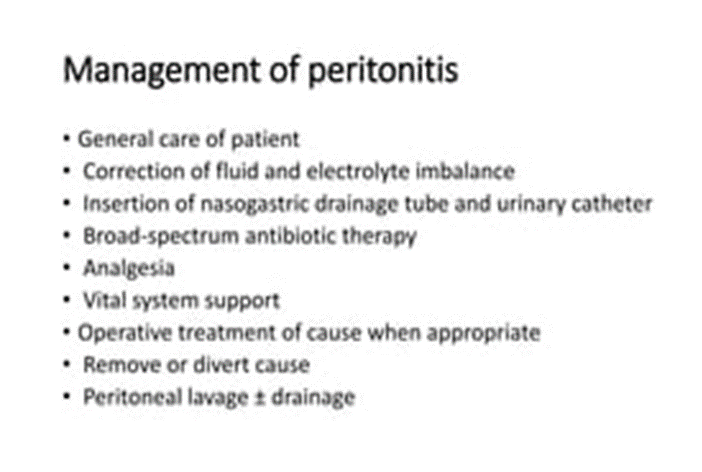The nurse has conducted a cancer prevention community education program. In evaluating the participants understanding of the carcinogens, which statement indicates an accurate understanding?
Carcinogens are substances that contain cancerous cells.
Substances that change a cell so that it becomes cancerous are potential sources of cancer.
Environmental factors such as sunlight and chemicals can cause cancer to spread.
Carcinogens are in the environment and cannot be avoided.
The Correct Answer is B
A. Carcinogens are substances that contain cancerous cells:
This statement is incorrect. Carcinogens are substances that have the potential to cause cancer, but they do not necessarily contain cancerous cells themselves.
B. Substances that change a cell so that it becomes cancerous are potential sources of cancer:
This is the correct answer. Carcinogens are agents that can induce changes in the genetic material of cells, leading to the development of cancer. They can initiate or promote the process of carcinogenesis.
C. Environmental factors such as sunlight and chemicals can cause cancer to spread:
This statement is not accurate. Carcinogens can contribute to the initiation or promotion of cancer, but the spread of cancer (metastasis) involves complex biological processes and is not directly caused by environmental factors.
D. Carcinogens are in the environment and cannot be avoided:
This statement is not accurate. While carcinogens may be present in the environment, efforts can be made to minimize exposure and adopt preventive measures. Avoidance of known carcinogens and the promotion of a healthy lifestyle can contribute to cancer prevention.
Nursing Test Bank
Naxlex Comprehensive Predictor Exams
Related Questions
Correct Answer is D
Explanation
A. Encourage regular turning:
While turning is important for preventing complications like pressure ulcers, in this acute situation, addressing fluid imbalance and potential sepsis take precedence.
B. Monitor skin for breakdown:
Monitoring for skin breakdown is essential but is not the most critical intervention at this moment.
C. Assess wound drainage daily:
Daily assessment of wound drainage is important for evaluating the status of the surgical site. However, in this situation of potential anastomosis leakage with signs of systemic infection and hypotension, immediate interventions to stabilize the client's condition are of higher priority.
D. Strict IV fluid replacement:
This is the correct answer. The client is displaying signs of systemic infection (fever) and possible sepsis (tachycardia, hypotension), which might be due to an anastomosis leakage following gastric bypass surgery. Ensuring adequate IV fluid replacement is crucial to address hypotension, maintain perfusion, and support hemodynamic stability in this critical situation.

Correct Answer is ["A","C","D","E"]
Explanation
A. Measure pulse and blood pressure:
This action is crucial to assess the client's cardiovascular status. Weakness and jitteriness can be related to changes in blood pressure or cardiac function. Measuring pulse and blood pressure helps determine the client's hemodynamic stability.
B. Document anxiety on the surgical checklist:
While anxiety is a valid consideration, addressing the physiological aspects of the client's symptoms takes precedence.
C. Assess skin temperature and moisture:
Assessing skin temperature and moisture provides information about the client's perfusion and hydration status. Changes in skin characteristics can be indicative of underlying issues, and in a diabetic patient, it's important to monitor for potential complications affecting skin integrity.
D. Check fingerstick glucose level:
Given the client's recent diagnosis of type 2 diabetes mellitus and the reported symptoms of weakness and jitteriness, checking the fingerstick glucose level is crucial. Fluctuations in blood glucose levels, whether hyperglycemia or hypoglycemia, can contribute to these symptoms. This test provides immediate information about the client's glycemic status.
E. Administer a PRN dose of regular insulin:
If the fingerstick glucose level indicates hyperglycemia and the healthcare provider has prescribed a PRN (as needed) dose of regular insulin for high blood sugar, administering insulin may be necessary to address hyperglycemia promptly. This is in line with diabetes management protocols, and the nurse should follow specific orders and guidelines for insulin administration.
Whether you are a student looking to ace your exams or a practicing nurse seeking to enhance your expertise , our nursing education contents will empower you with the confidence and competence to make a difference in the lives of patients and become a respected leader in the healthcare field.
Visit Naxlex, invest in your future and unlock endless possibilities with our unparalleled nursing education contents today
Report Wrong Answer on the Current Question
Do you disagree with the answer? If yes, what is your expected answer? Explain.
Kindly be descriptive with the issue you are facing.
